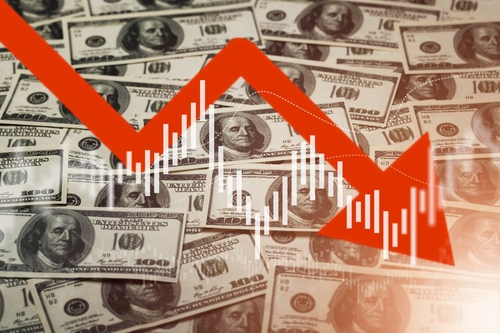
Economics & Growth | Monetary Policy & Inflation | US

Economics & Growth | Monetary Policy & Inflation | US
This article is only available to Macro Hive subscribers. Sign-up to receive world-class macro analysis with a daily curated newsletter, podcast, original content from award-winning researchers, cross market strategy, equity insights, trade ideas, crypto flow frameworks, academic paper summaries, explanation and analysis of market-moving events, community investor chat room, and more.
US yields rose throughout much of H1. This trend has largely continued in 3M yields, but not so much in US 2Y and 10Y yields. Starting at a 3.5% peak in mid-June, 2Y yields have since retreated 56bps while 10Y yields have fallen 82bps. This has left the curve to flatten, with 2s10s inverting in early July. Turning to the past week, 2Y (-11bps WoW) and 10Y yields (-14bps WoW) have continued lower while 3M yields saw a near-term reversal of the recent rise (-21bps WoW). This is partly because the market thinks the Fed will give up on reaching its inflation target to avert a recession. We disagree. In fact, Dominique expects the Fed to hike another 175bps by end-2022.
Consequently, our recession model, which uses the 2Y10Y part of the yield curve, assigns a 70% chance of a recession within the next twelve months (Charts 1 and 3). Meanwhile, the Fed’s recession model, which uses the 3M10Y part of the yield curve, jumped to a 20% chance of recession (Chart 2).
We introduced two models for predicting US recessions using the slope of the US yield curve. When long-term yields start to fall towards or below short-term yields, the curve flattens or inverts. This has often predicted a recession in subsequent months. Our model is based on the 2s10s curve compared to a model from the Fed that is based on 3M10Y curve. We believe that the 2Y better captures expectations for Fed hikes in coming years and is therefore more forward-looking.


Spring sale - Prime Membership only £3 for 3 months! Get trade ideas and macro insights now
Your subscription has been successfully canceled.
Discount Applied - Your subscription has now updated with Coupon and from next payment Discount will be applied.